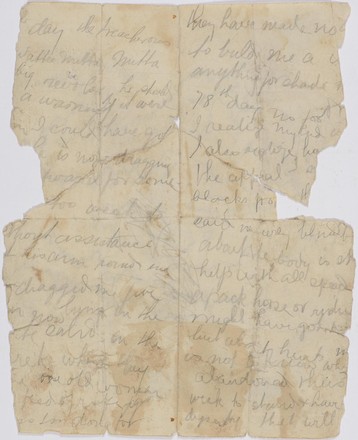The expedition
By Elise Edmonds
Lewis Hubert Lasseter, or Lewis Harold Bell
Lasseter (1880–1931) as he was later known, was born at Bamganie, Victoria,
Australia. In 1929 he claimed that he
had discovered a gold reef 18 years previously in Central Australia, this
became known as Lasseter’s Reef, with gold “as thick as plums in a pudding”.
An expedition was mounted in 1930, during the Great
Depression, to locate this reef of gold. The Central Australian Gold
Exploration (CAGE) expeditionleft Alice Springs in July 1930 but accidents and
rough terrain turned the party back in September. Doubts were growing in the
minds of some of the expedition members whether Lasseter had ever visited the
area as he could not identify any landforms and was very vague in his
descriptions of the location of the gold reef.
Lasseter determinedly kept going with Paul Johns, a
dingo trapper and his five camels. After a falling out between the two men,
Johns left for Alice Springs. Lasseter’s diary revealed that he lived with
Aboriginal people for 16 weeks. When Lasseter failed to return, bushman Robert
‘Bob’ Buck was commissioned to search for his body, which was found and buried
in March 1931.
This fragment of a letter illuminates Lasseter’s
last days and death in the Central Australian desert looking for gold.



 Back to list
Back to list